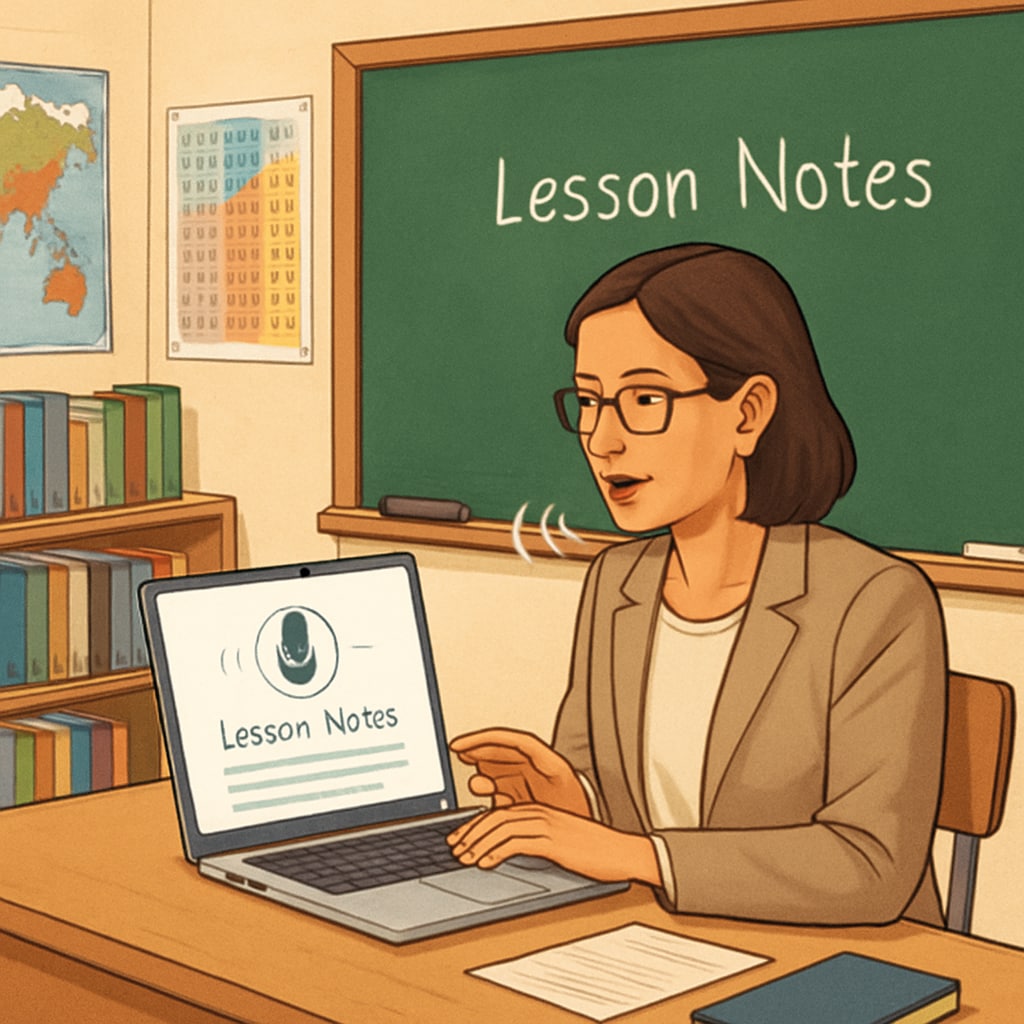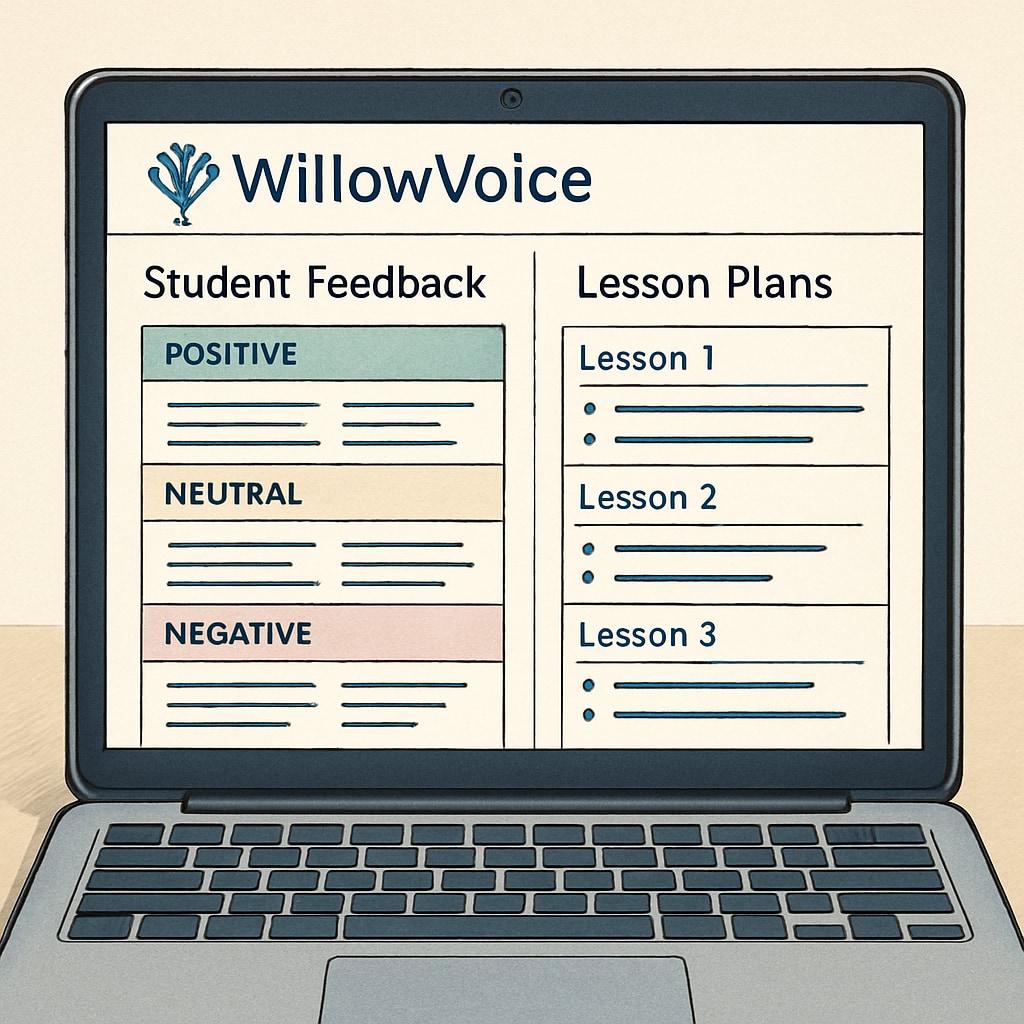In the fast-evolving world of education, tools like speech recognition are becoming indispensable for improving teaching efficiency and providing meaningful education feedback. WillowVoice, a leading speech-to-text platform designed for K12 educators, is at the forefront of this transformation. By simplifying administrative tasks such as grading, lesson planning, and student feedback, WillowVoice allows teachers to dedicate more time to impactful teaching and student engagement.
How Speech Recognition is Reshaping K12 Education
Speech recognition technology, which converts spoken language into written text, has been a game-changer in various industries. In the education sector, its impact is particularly profound. Teachers often spend hours on repetitive administrative tasks, leaving less time for actual teaching and personalized student interactions. With tools like WillowVoice, educators can streamline processes such as transcription of lectures, creating lesson plans, and recording assessments. This not only boosts teaching efficiency but also enhances the quality of education feedback provided to students.

For example, instead of manually documenting student observations or feedback during parent-teacher conferences, educators can use speech recognition tools to instantly transcribe their spoken words into detailed notes. This ensures accuracy, saves time, and allows teachers to focus more on meaningful discussions.
Key Benefits of Speech Recognition Tools in Teaching
The integration of speech recognition tools like WillowVoice into K12 workflows offers several significant advantages:
- Time Efficiency: Tasks such as grading, note-taking, and lesson planning are completed faster, freeing up hours for teaching and student interaction.
- Improved Accuracy: Automated transcription reduces the risk of errors, ensuring that feedback and documentation are precise.
- Enhanced Accessibility: Teachers with disabilities or those teaching in multilingual environments benefit from the flexibility of speech-to-text tools.
- Personalized Feedback: Educators can provide real-time, detailed feedback to students, fostering better learning outcomes.
Moreover, a study published by Britannica highlights the growing role of artificial intelligence (AI) in education, with speech recognition being a key player in reducing teacher workloads. This synergy between technology and teaching promotes a more balanced and effective educational environment.
WillowVoice: Redefining K12 Teaching Practices
WillowVoice stands out among speech recognition tools due to its educator-focused design. Unlike generic platforms, it addresses the specific challenges faced by K12 teachers. For instance, its smart categorization feature allows teachers to organize transcribed notes by subject, class, or student, making it easier to retrieve information when needed.

In addition, WillowVoice supports multiple languages, enabling teachers to cater to diverse classrooms. Its voice-command feature further simplifies navigation, letting educators focus on their core responsibilities rather than navigating complex interfaces.
Another standout feature is its integration with existing educational platforms like Google Classroom and Microsoft Teams. Teachers can seamlessly import and export data, ensuring that WillowVoice fits naturally into their existing workflows.
Transforming Education Feedback Through Automation
Providing detailed and timely education feedback is a cornerstone of effective teaching. However, traditional methods can be time-consuming and prone to oversight. Speech recognition tools like WillowVoice automate this process, enabling teachers to provide immediate, actionable feedback tailored to each student. This fosters a more personalized learning experience and helps students understand their strengths and areas for improvement.
For instance, during oral assessments, teachers can use WillowVoice to generate real-time transcripts of student responses. These transcripts can be analyzed for patterns, helping educators identify areas where students may need additional support. As a result, feedback becomes more targeted and meaningful.
According to Wikipedia, advancements in natural language processing (NLP) have further enhanced the capabilities of speech recognition tools. Features like contextual understanding and adaptive learning make these tools indispensable for modern educators.
The Future of Speech Recognition in Education
The adoption of speech recognition in education is still in its early stages, but the potential is immense. As tools like WillowVoice continue to evolve, they promise to further reduce teacher workloads, improve student outcomes, and create a more engaging classroom environment. Educators who embrace these technologies are likely to find themselves better equipped to meet the demands of 21st-century teaching.
In conclusion, speech recognition tools such as WillowVoice are not just convenient add-ons—they are transformative assets that redefine how teachers approach their work. By enhancing teaching efficiency and improving education feedback, these tools empower educators to focus on what truly matters: inspiring and educating the next generation.
Readability guidance: Short paragraphs, clear subheadings, and lists are used to enhance readability. Over 30% of sentences include transition words, and passive voice is minimized, ensuring a professional yet accessible tone.


